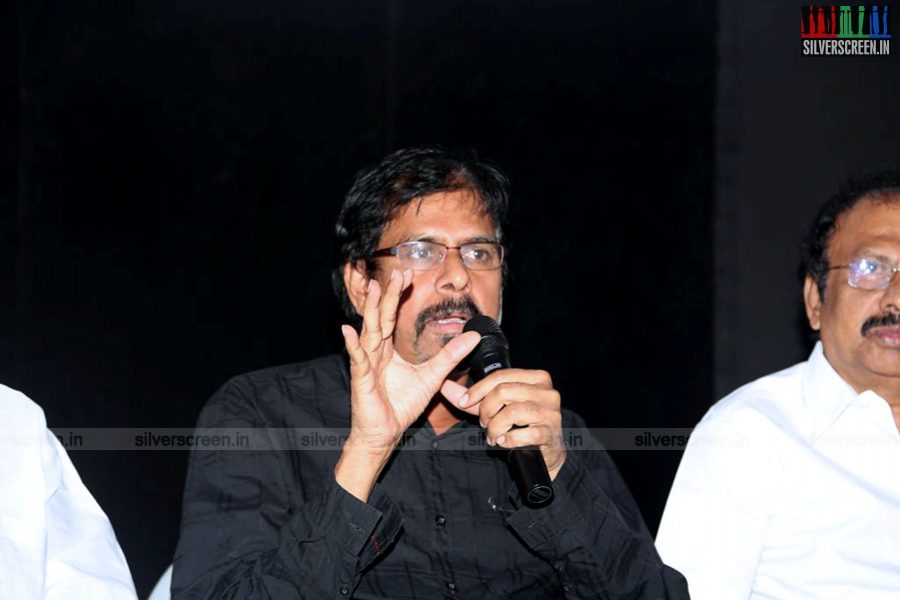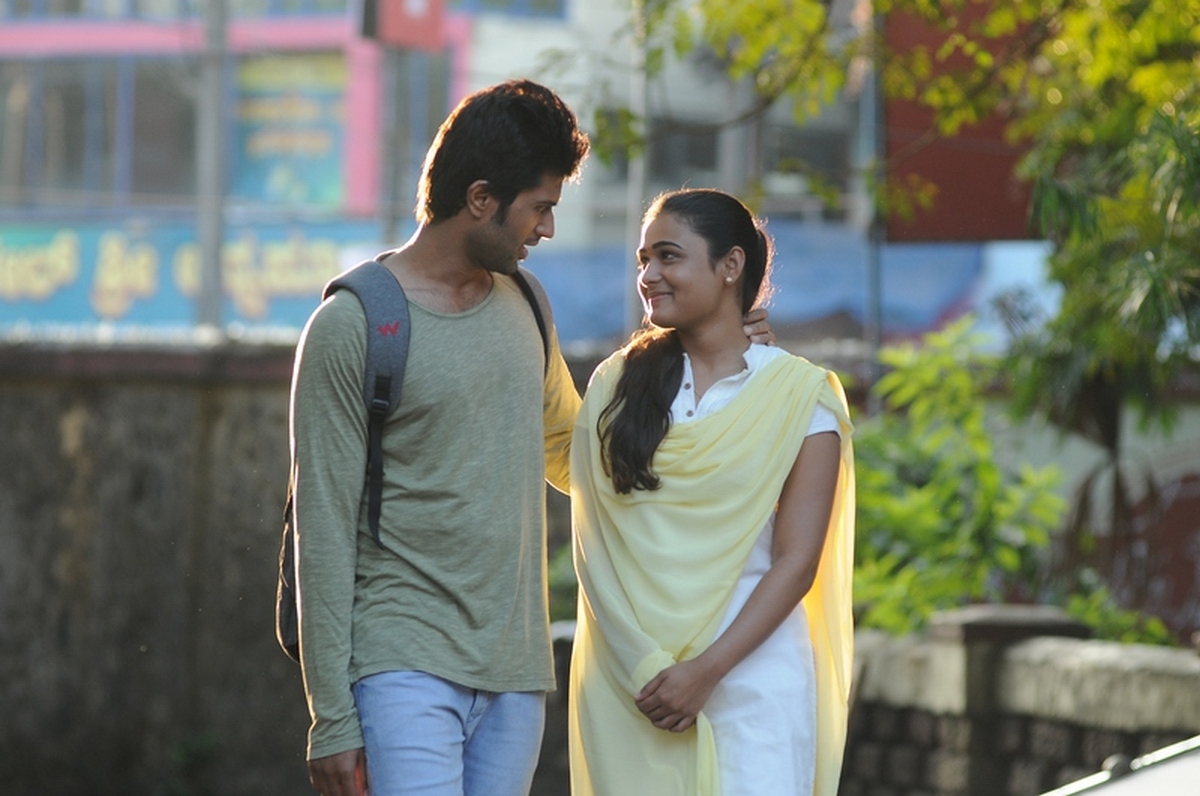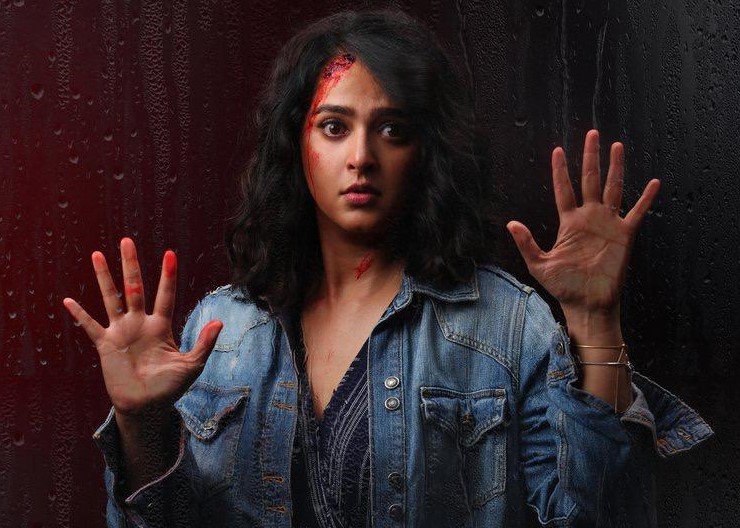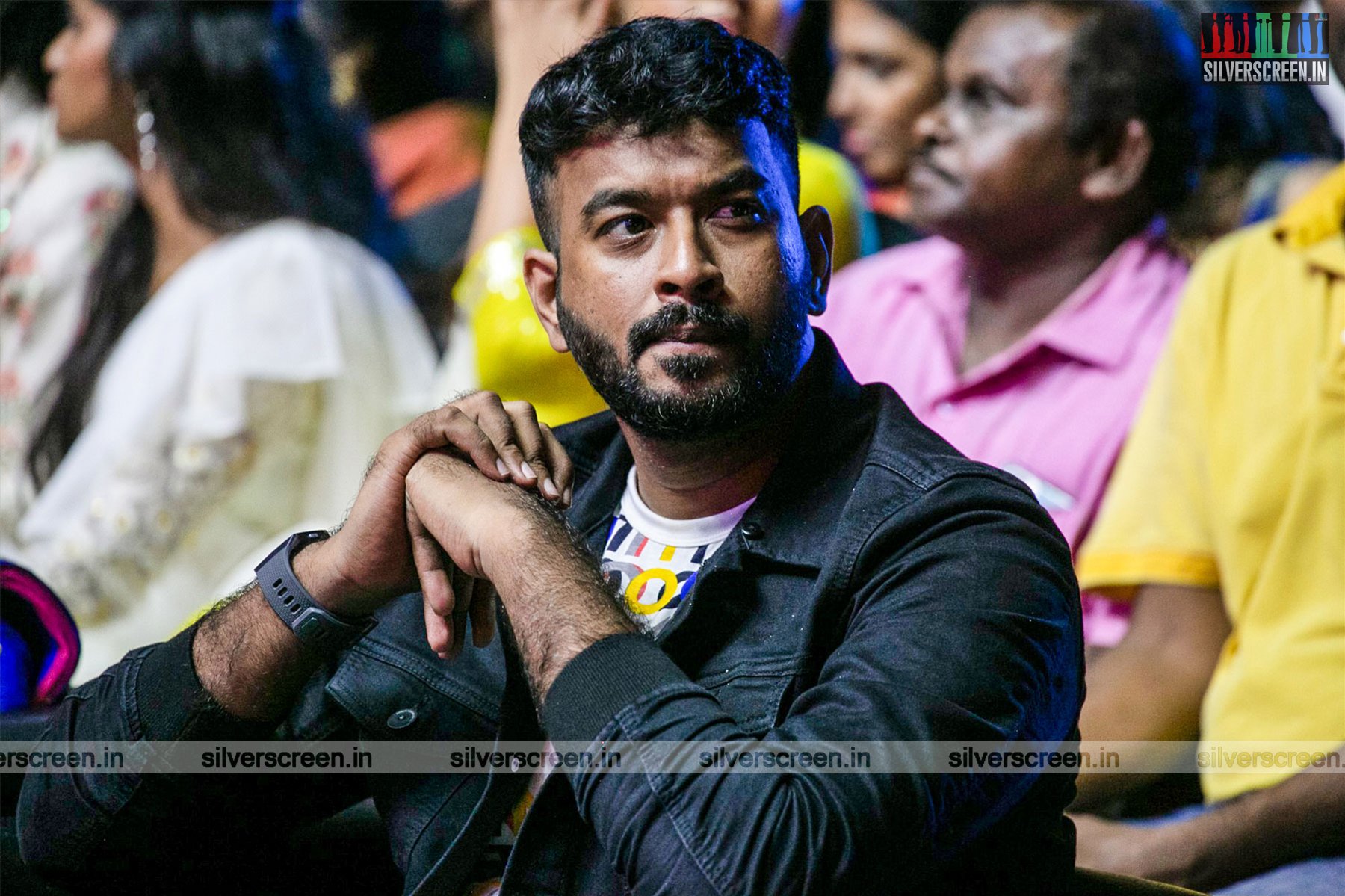The Film Employees Federation of South India (FEFSI) has called for a strike once again over continuing disagreements with the Tamil Nadu Film Producers Council (TFPC). But what exactly is FEFSI? And whom does it represent?
FEFSI is an umbrella organisation of 24 Trades Unions of workers from the Tamil film industry, Set up over forty years ago in Chennai in 1967, it is a federation of existing unions. It represents the Unions of choreographers, dancers, stunt persons, junior artists, and others. It is a combined umbrella group that could represent the needs of a large section of the film industry workers, and lobby for better overall conditions across the industry.
Although some performing artists unions are part of the FEFSI, the larger union of actors is the SIAA – referred to as the Nadigar Sangam, while directors and cinematographers, and producers have separate unions for themselves.
In effect, FEFSI is the organisation that represents the needs of workers with the least power and influence, and to protect the rights of those workers who may not have any say in the outcome of the film.
Directors, actors, cinematographers, etc., have their own bargaining power and star pull, which allows them to fix the rates or pay based on their past work. However, for the junior artist, or the stunt double, or the dubbing artist, FEFSI ensures that the minimum wage agreed to by the industry as a whole, is paid.
FEFSI’s intervention in such a situation often makes the difference between payment and free labour/exploitation.
1997: Raman Abdullah
Perhaps one of the most important FEFSI strikes happened in 1997, as reported here by Rediff. Director Balu Mahendra was shooting his Raman Abdullah, and had allegedly employed non-FEFSI workers for the film. This led to minor violent actions by some FEFSI members, and a strike, leading to a halt in the production of the film. The Tamil Nadu government and the Chief Minister then, M Karunanidhi, had to intervene and ask for FEFSI to call off the strike. By this time, production on over 20 films, including Kamal Haasan’s Marudhanayagam, had been hit. The High Court of Madras also came down hard on FEFSI in a case filed by then TFPC president K Rajagopal.
The film directors and cinematographers’ union also decided to split away from FEFSI, and form their own federation, with director Bharathiraja leading the move. With the directors union exiting FEFSI, and with the power and influence wielded by the TFPC, this meant that the “non-creative” employees of a film would have no one to stand up for their rights on a film project.
*****
FEFSI also provides a grievance redressal forum for its members and cinema employees/workers, and addresses complaints either by the employee/technician against the employer (producers) or vice-versa. FEFSI also ensures that agreements, decrees, and orders agreed upon by the constituent unions are fully implemented and enforced.
As an organisation, it can institute legal proceedings on behalf of the federation or negotiate with the employers and their organisations on behalf of the federation. Each craft union under the FEFSI has its own rules by which they function, but the larger group will also have its own rules and regulations, formulated by the governing council.
2011: Emergency Strike
According to Sify, a sudden strike was called for by the FEFSI, protesting the long working hours and low wages for film employees. The strike came after talks between FEFSI and TFPC failed and no agreement was made. TFPC announced that it will proceed with the talks only after a new council was constituted. All film shoots in Chennai were cancelled.
The FEFSI has certain incentives, schemes, and support for its constituent members. It operates a pension scheme for members, and also provides a sort of insurance scheme – a lump sum payment, on the death of a member. It also has a scholarship scheme for the children of its members.
The FEFSI, along with similar umbrella unions in the Western and Eastern parts of the country, is affiliated with the All India Film Employee Federation, which is the sole Union/Federation recognised by the Government of India. This means that only the All India Federation will be taken as a representative of all film employees by the government, when looking into issues over trade/industrial disputes, worker rights, and the like.
*****
Unions in Tamil Cinema
Although associations of actors/performers existed in the late 1930s and 1940s, they did not last long. In fact, Thyagaraja Bagavathar, MKB, was a president of a cine artistes association that lasted all of six months.
One of the earliest unions to be formed and to endure, was the Nadigar Sangam. Set up in 1952, the Nadigar Sangam, or the South Indian Artistes Association, was formed due to the efforts of Director K. Subrahmanyam (who was instrumental in setting up the South Indian Film Chamber of Commerce), and RN Somasundaram, Sivathanu, and others. Originally set up as the Junior Artists Association, the Nadigar Sangam acquired its name when MGR wanted to join the union.
The FEFSI came into being in 1967, but it does not directly recruit members. Each craftsperson or technician will need to seek membership into their specific trade union, which will then seek to join the FEFSI.
Recommended
Since its founding in 1967, FEFSI has periodically been in the news. Strikes in 1997, 2011, 2013, and now 2017, have been a regular feature of the federation. However, given that largely the same set of people represent both the Producers and the Actors Unions, the role of FEFSI in safeguarding the rights of its employee-members is paramount. And strikes will need to be seen as a call for rights, and a voice for those whose work is invisible in the films we see every week.
*****
Read more about the Unions of the film industry in India, here: COLLECTIVE ORGANIZATIONAL
INITIATIVES IN THE AUDIOVISUAL INDUSTRY.



